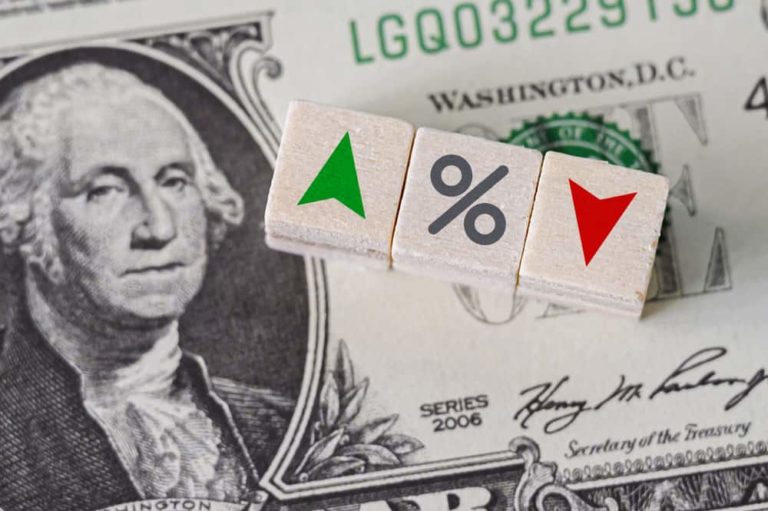By Craig Erlam
Asian stocks were flashing green on the second day of trading, while Europe opened in a similarly positive manner as sentiment continues to improve, albeit from very low levels.
There’s still a strong feeling of a bear market rally about trading over the course of the last week. From the post-US-inflation rebound to what has now been a strong start to the week – in part driven by the UK’s decision to no longer shoot itself in the foot – nothing about this screams sustainable.
Of course, the last couple of months have been tough for equity markets since peaking towards the end of the summer and a rebound of some kind was going to happen eventually.
I’m just not convinced there’s much substance behind it as the economic landscape looks treacherous and we don’t even know if we’re at peak inflation and interest rate pricing yet. Those are substantial headwinds that will make any stock market rebound extremely challenging.
RBA slows pace of tightening
The RBA minutes, along with comments from Deputy Governor Michele Bullock alluded to the outlook as contributing to the decision to slow the pace of tightening at the last meeting to 25 basis points.
While the Australian central bank will continue to hike rates in order to fight inflation – highlighting the broad-based pick-up in prices and higher wages – it’s clearly uneasy about the economic consequences and the lags in policy after hiking rates 2% over the course of four months since the summer.
The Aussie dollar has not performed well in that time, falling around 15% from its June highs against the greenback, although it has rallied a little overnight.
Will Japan intervene again?
The yen remains under pressure despite desperate attempts by Japan to influence the currency markets through direct and verbal intervention. Last month’s intervention was substantial but short-lived and the commentary before and after has fallen on deaf ears.
Overnight there was more of the same – “a high sense of urgency”, “will take appropriate action decisively” – and even a refusal to comment on whether the Ministry of Finance is conducting “stealth FX intervention”. If it is, it isn’t working particularly well, with the yen now very close to 150 against the dollar, a level that may make traders a little nervous.
Another big intervention may soon be on the cards, although Japanese officials may be uneasy about the limited effectiveness of the last. What more can they do?
OPEC+ defends cut
Oil prices continue to stabilse around $90 a barrel as OPEC+ steps up its defence of its 2 million barrels per day cut amid a backlash from the US, in particular. Meanwhile, the world’s largest economy is reportedly considering another release of strategic reserves in order to offset the impact of the cuts and stop fuel prices jumping as midterms near.
How effective the SPR release will be may well depend on whether others join the U.S., as we saw earlier this year.
Of course, at the time oil was trading at much higher levels, well above $100 a barrel, and the willingness to engage in joint action may well depend on whether countries perceive there to be a risk of similarly damaging prices when they’re already contending with a weaker economy, even recessions.
Gold rebound struggling
Gold has benefited from slightly lower yields and a weaker dollar over the last couple of days, both of which could resume their uptrend if rate fears persist.
The yellow metal struggled to hold onto gains at the start of the week, perhaps a sign of the headwinds continuing to face it in this environment. Resistance remains above $1,680 and $1,700, with support now around $1,640 and $1,620.
Crypto environment remains challenging
Bitcoin has its sights set on $20,000 once more as it continues to bounce back from last week’s plunge.
The sell-off occurred around the release of the US CPI data which could have sent it spiralling lower, but risk appetite more broadly quickly bounced back and so did bitcoin. Whether it can continue to do so, unless sentiment improves more sustainably, is another thing.
It continues to show resilience around $18,000 – $20,000 where it’s traded for most of the last couple of months, but that may not be enough if risk appetite worsens again.
Craig Erlam is Senior Market Analyst, UK & EMEA at OANDA
Opinions are the author’s, not necessarily that of OANDA Global Corporation or any of its affiliates, subsidiaries, officers or directors. Leveraged trading is high risk and not suitable for all. Losses can exceed investments.







